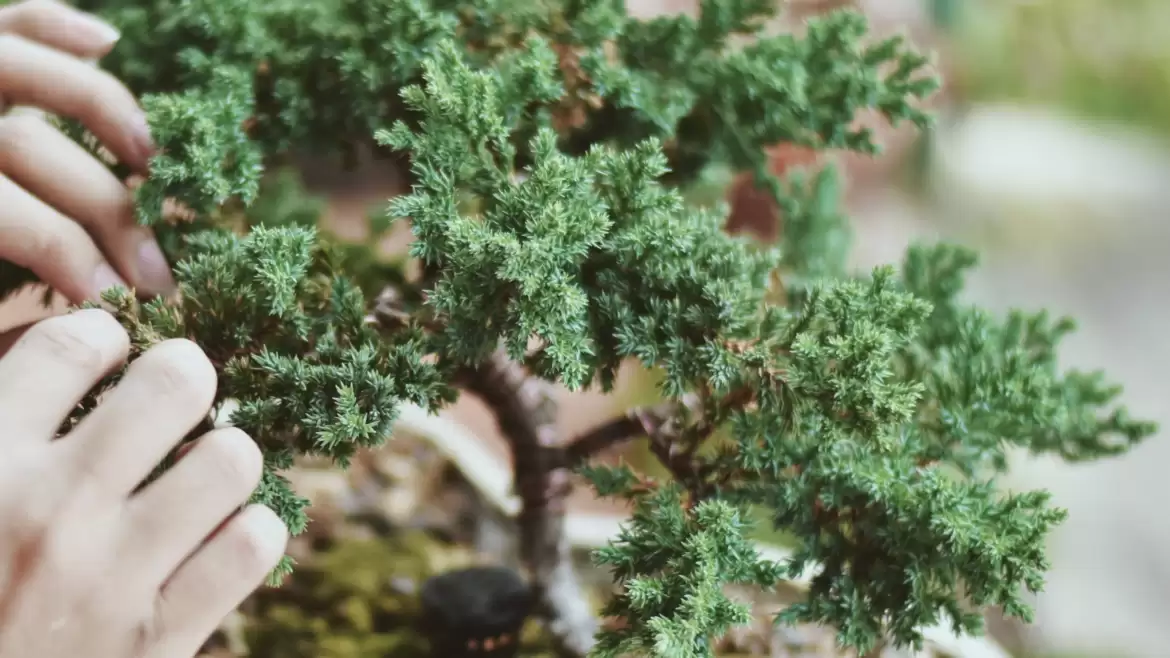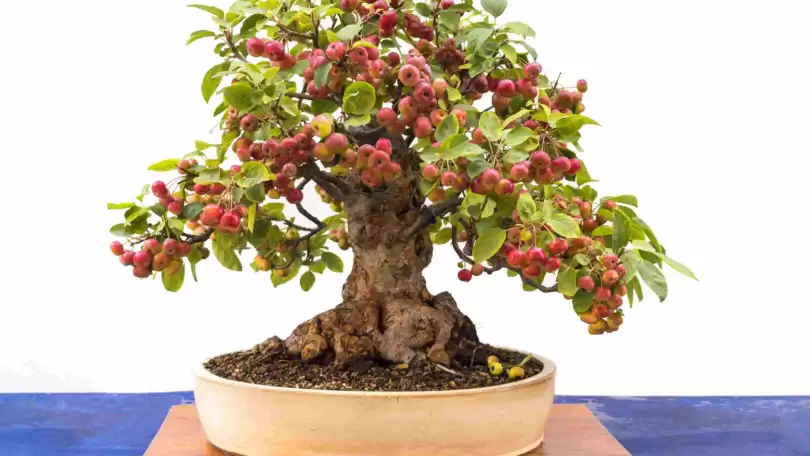Ultimate Guide to Bonsai Soil for Bonsai Trees Beginners

What is a Bonsai Soil?
Bonsai soil is an essential part of your tree’s care. Good bonsai soil should be able to hold moisture and nutrients while still draining well. It’s also vital that the soil can support root growth.
There are many types of soil available on the market, and it can be unclear which one is best for your tree. A good rule of thumb is to use a well-draining soil mix made explicitly for bonsai trees.
You can find pre-mixed soils at your local nursery or create your own mix by combining potting soil, sand, and organic matter.
One of the most important aspects of bonsai soil is the ratio of organic matter to the soil. Organic matter helps the soil to hold moisture and nutrients, while the sand helps to drain well. The general mix ratio is two parts organic matter to one part sand.
YouTube Bonsai
Soil Quality
The soil requires several qualities for it to be considered a good soil mix for your bonsai:
- It should be loose and airy to allow the roots to spread easily
- It should hold moisture well without being waterlogged
- It should drain well to avoid root rot
- It should be rich in nutrients to support growth
- It should be free of pests and diseases
Organic or Inorganic Soils
There are two types of soils available for bonsai: organic and inorganic. Organic soils are made up of materials from the earth, such as potting soil, compost, and manure. Inorganic soils are made up of materials that do not come from the earth, such as sand, perlite, and vermiculite.
If choosing organic soils, I recommend using a type that contains pine bark, as it helps to improve drainage. Inorganic soils are often considered the best soil for bonsai because they drain well and are less likely to cause root rot, but they do not contain as many nutrients as organic soils.
It is important to note that bonsai trees can use either type of soil; it is just a matter of personal preference. Many people find that organic soils are easier to work with, while others prefer inorganic soils’ durability and draining qualities.
Soil Components
- Akadama is one of the best soil types for bonsai. Akadama is an inorganic soil made of red clay and used by many bonsai growers. It is suitable for bonsai because it drains well and holds nutrients.
- Although expensive in many Western countries, experienced enthusiasts use Akadama soil due to its unique properties, using it by itself, or mixing it with sand for pines and species adapted to drought.
- Pumice is another type of inorganic soil made up of volcanic ash. It is also good soil for bonsai because it is lightweight, drains well, and holds nutrients.
- Organic matter is an essential component of any soil mix for bonsai. The most common organic matter used is compost, but you can also use peat moss, bark, or leaf mold. However, on its own, it retains too much moisture and doesn’t drain well, so it is essential to mix it with inorganic materials such as sand or perlite.
- Lava rock is a type of inorganic soil made up of volcanic rock. It is good soil for bonsai because it drains well and is lightweight.
- Sand is a type of inorganic soil made up of tiny rock particles. It is good soil for bonsai because it drains well and is cheap.
- Perlite is a type of inorganic soil made up of volcanic glass. It is often used in bonsai soil because it is lightweight, helps to aerate the soil, and holds moisture.
- Vermiculite is a type of inorganic soil that is made up of mica. It is often used in bonsai soil because it is lightweight, helps to aerate the soil, and holds moisture.
Read Also About Fertilize, Watering, and Bonsai Pot
Recommended Bonsai Soil Mixtures
Here are two soil mixtures that I use and recommend, depending on your bonsai tree species:
Deciduous Bonsai soil: 2 parts Akadama, 1 part pumice
Conifer Bonsai soil: 2 parts Akadama, 1 part lava rock
When mixing these soils, it is vital to use a soil mix specifically for bonsai. Regular potting soil or garden soil is too dense and doesn’t drain well, which can lead to root rot.
It is also important to note that the ratios above are a general guide, and you may need to adjust the proportions depending on the specific needs of your bonsai tree.




1 Comment